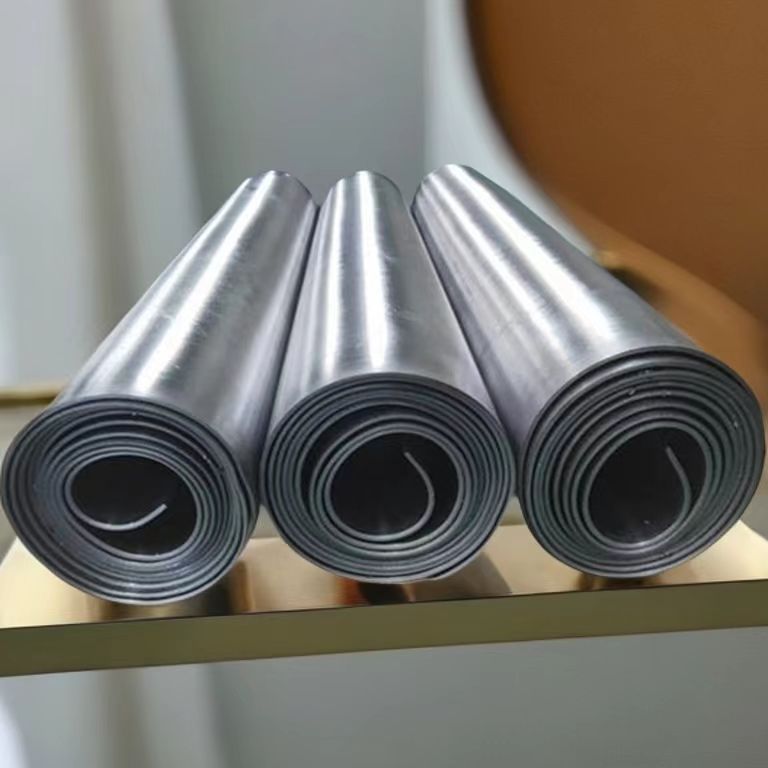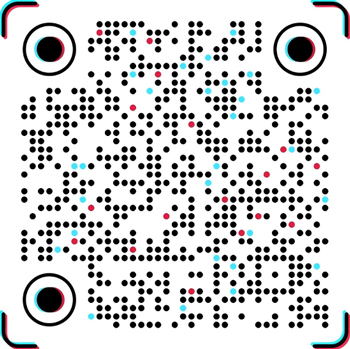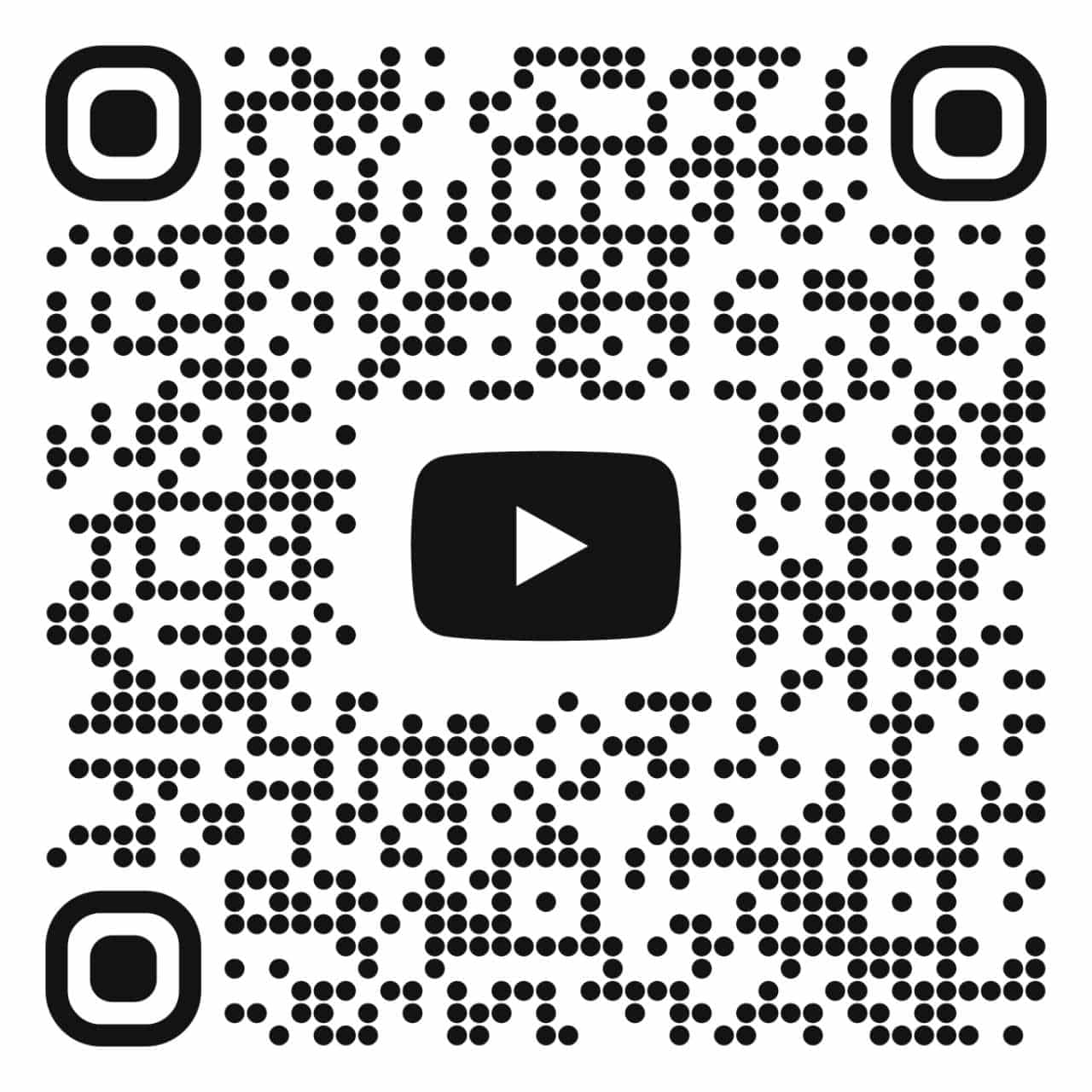Can lead sheeting truly block radiation? Shandong Qite explains the scientific rationale for its protection.
Can lead sheeting truly block radiation? Shandong Qite explains the scientific rationale for its protection.
In applications such as medical radiology, industrial nondestructive testing, and the nuclear industry, the question of whether lead sheeting can block radiation is a core concern for businesses and institutions. The answer is clear: lead sheeting can effectively block specific types of radiation, but it must be selected scientifically based on its specific characteristics. This is the core basis for Shandong Qite Radiation Protection Engineering Co., Ltd. to customize safety solutions for clients nationwide.
From a physical perspective, lead sheeting's protective capabilities stem from two irreplaceable properties. First, as element 82, lead has a high atomic number, and its nucleus has a strong ability to scatter and absorb high-energy electromagnetic waves, such as X-rays and gamma rays, rapidly reducing their penetrating energy. Second, lead has a density of 11.34 g/cm³. To provide the same level of protection, lead sheeting can be much thinner than other materials. For example, to block X-rays from a standard hospital DR system, a lead sheet only 2 mm thick is required, while concrete requires 20 cm and steel sheet 8 mm to achieve the same barrier efficiency. This makes lead sheeting a preferred choice in space-constrained environments, such as hospital CT rooms and small NDT rooms.
However, it's important to note that lead sheeting is not a universal protective material. It offers limited protection against alpha rays, which have extremely low penetrating power (a single sheet of A4 paper can block them), or beta rays, which are easily blocked by thin aluminum sheets. Its core advantage lies in protecting against highly penetrating radiation, such as X-rays and gamma rays. During its service, Shandong QiTe first accurately measures the radiation type and dose rate on-site using a professional radiation detector (compliant with national metrology standards). The lead plate thickness is then determined based on the client's specific needs (e.g., the hospital's radiology department's patient volume or the power of the factory's NDT equipment). If necessary, lead glass (for observation windows), lead rubber clothing (for personnel protection), and barium sulfate coating (for auxiliary wall protection) are added to create a comprehensive protection system encompassing walls, floors, windows, and personnel.
As a Shandong-based company deeply engaged in radiation protection, Shandong QiTe prioritizes compliance and safety. All lead plates are crafted from 99.99% high-purity virgin lead to prevent impurities from reducing protection efficiency. Construction adheres to the "Radiation Protection Requirements for Medical X-ray Diagnostics" (GBZ 130-2020). Upon completion, a third-party inspection report is provided to ensure radiation leakage remains well below national standards. Whether you're building a new radiology department in a hospital or upgrading NDT protection in a factory, contact Shandong QiTe for a free on-site survey and customized solution, ensuring comprehensive protection.







